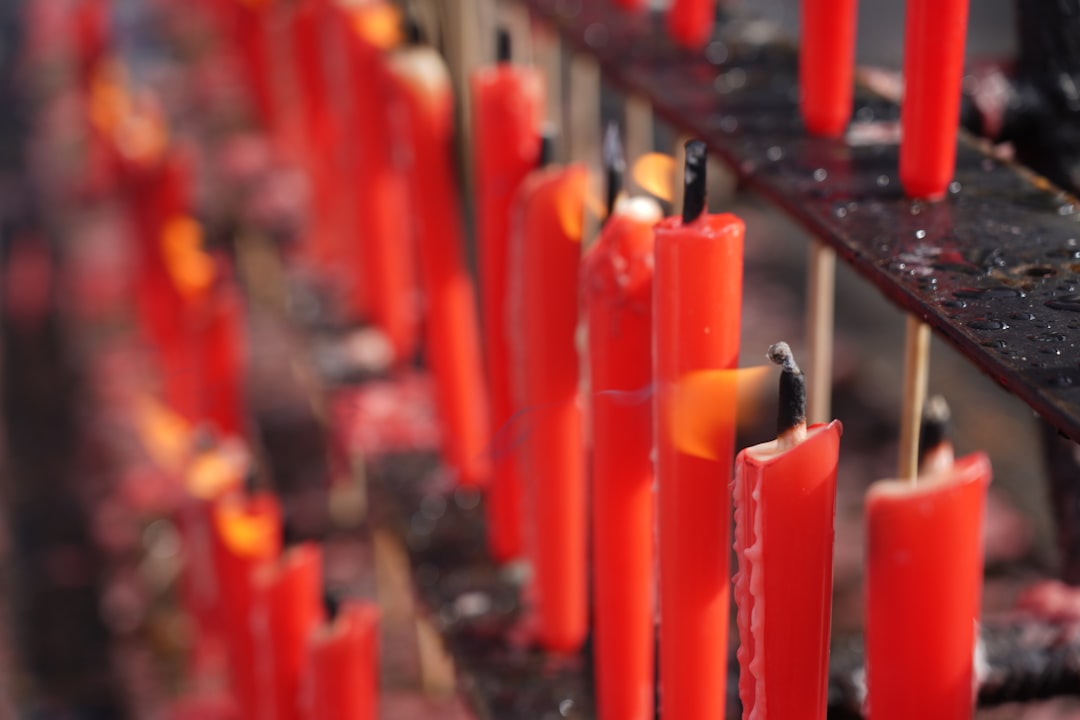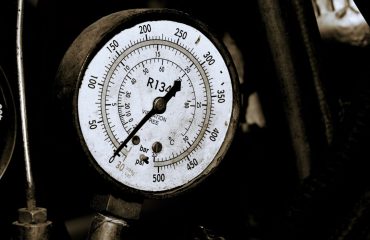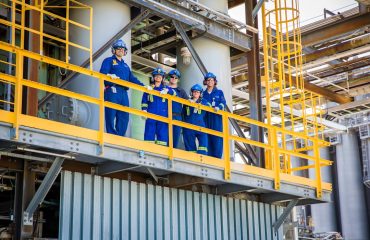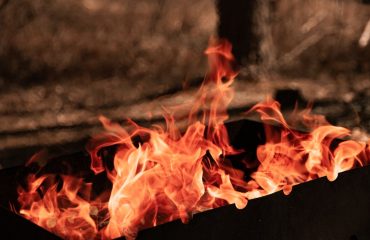Steel pipes are ubiquitous in various industries, from construction and oil & gas to transportation and manufacturing. Understanding the different manufacturing processes that shape these essential components is crucial for selecting the right pipe for a specific application. This blog post delves into the key differences between hot-finished and heat-treated steel pipes, exploring their manufacturing processes, properties, and ideal applications.
1. The Hot-Finishing Process: Shaping Steel at High Temperatures
Hot-finishing is a primary steel pipe manufacturing method. It involves heating a steel billet (a semi-finished product) to a high temperature – typically above its recrystallization temperature – making it malleable and easily shaped. This heated billet is then passed through a series of rollers, gradually reducing its diameter and forming a seamless pipe. The process is continuous, resulting in long lengths of pipe. The high temperature allows for significant deformation without compromising the steel’s internal structure. After rolling, the pipe undergoes controlled cooling, often with a controlled cooling rate to influence the final mechanical properties. However, the cooling process in hot-finishing is primarily aimed at managing the shape and size of the pipe rather than precisely manipulating its microstructure for enhanced strength or toughness.
2. Heat Treatment: Refining Properties After Manufacturing
Heat treatment is a secondary process applied to steel pipes, often after hot-finishing, to modify their mechanical properties. This involves precise heating and cooling cycles designed to alter the steel’s microstructure. Different heat treatments, such as annealing, normalizing, quenching, and tempering, can achieve various results. Annealing relieves internal stresses and improves ductility. Normalizing refines the grain structure, enhancing strength and toughness. Quenching and tempering, a common combination, dramatically increases hardness and strength but can also improve toughness depending on the specific process parameters. Heat treatment is particularly crucial for achieving specific mechanical properties required for demanding applications.
3. Comparing Mechanical Properties: Strength, Toughness, and Ductility
Hot-finished pipes generally exhibit good ductility (ability to deform without breaking) and moderate strength. Their mechanical properties are largely determined by the initial steel composition and the cooling rate after hot-rolling. Heat-treated pipes, however, offer a wider range of mechanical properties depending on the chosen heat treatment process. Heat treatment allows for significantly higher strength and hardness compared to hot-finished pipes, but this can sometimes come at the expense of ductility. The selection between hot-finished and heat-treated pipes depends heavily on the required balance of strength, toughness, and ductility for the specific application.
4. Applications: Where Each Pipe Type Excels
Hot-finished pipes are commonly used in applications where high strength isn’t the primary concern, but weldability and formability are important. They are widely used in construction (water and gas pipelines), general industrial applications, and low-pressure systems. Heat-treated pipes, on the other hand, are preferred for applications requiring high strength, hardness, and resistance to wear and tear. These include high-pressure pipelines in the oil and gas industry, pressure vessels, and components in machinery subjected to significant stress or impact. The choice between these two types significantly impacts the overall performance and longevity of the project.
5. Cost Considerations: Balancing Performance and Budget
Generally, hot-finished pipes are less expensive than heat-treated pipes. The simpler manufacturing process and lack of a secondary heat treatment step contribute to lower production costs. However, the increased strength and durability offered by heat-treated pipes can result in long-term cost savings through reduced maintenance, longer lifespan, and enhanced safety in critical applications. The cost-benefit analysis should carefully consider the project’s requirements, the potential consequences of pipe failure, and the overall lifecycle costs.
In conclusion, understanding the distinctions between hot-finished and heat-treated steel pipes is essential for making informed decisions in engineering and construction projects. The choice depends critically on the specific application, required mechanical properties, and budget constraints. Careful consideration of each pipe type’s characteristics ensures optimal performance and safety.
SEO Tags:
- Hot-finished pipes
- Heat-treated pipes
- Steel pipe manufacturing
- Mechanical properties of steel pipes
- Steel pipe applications




